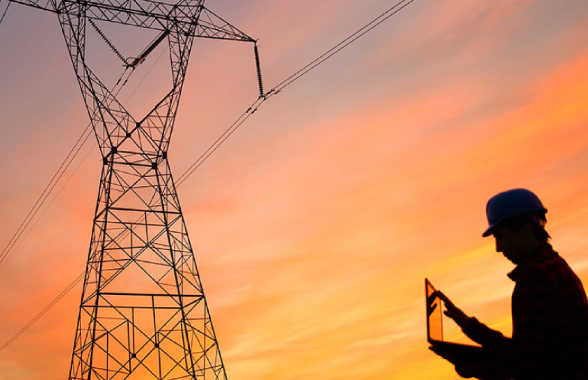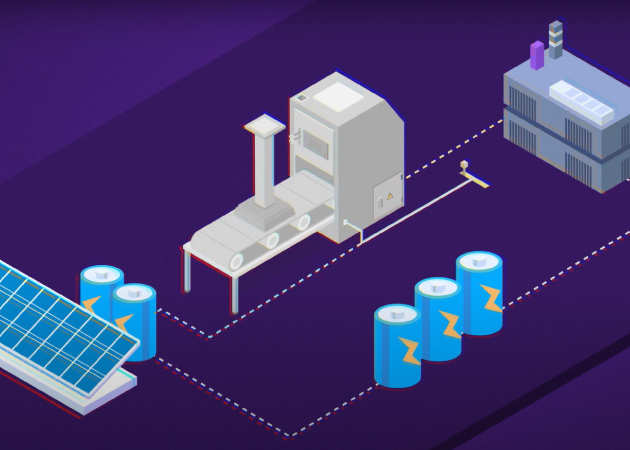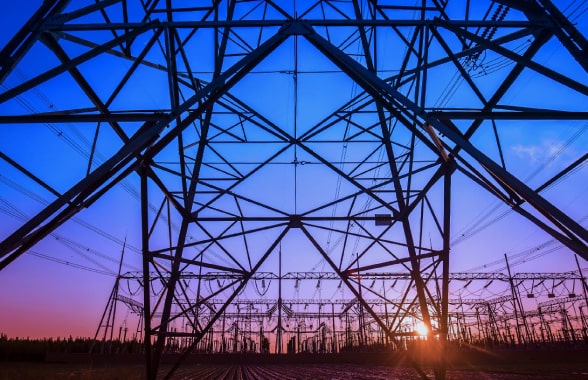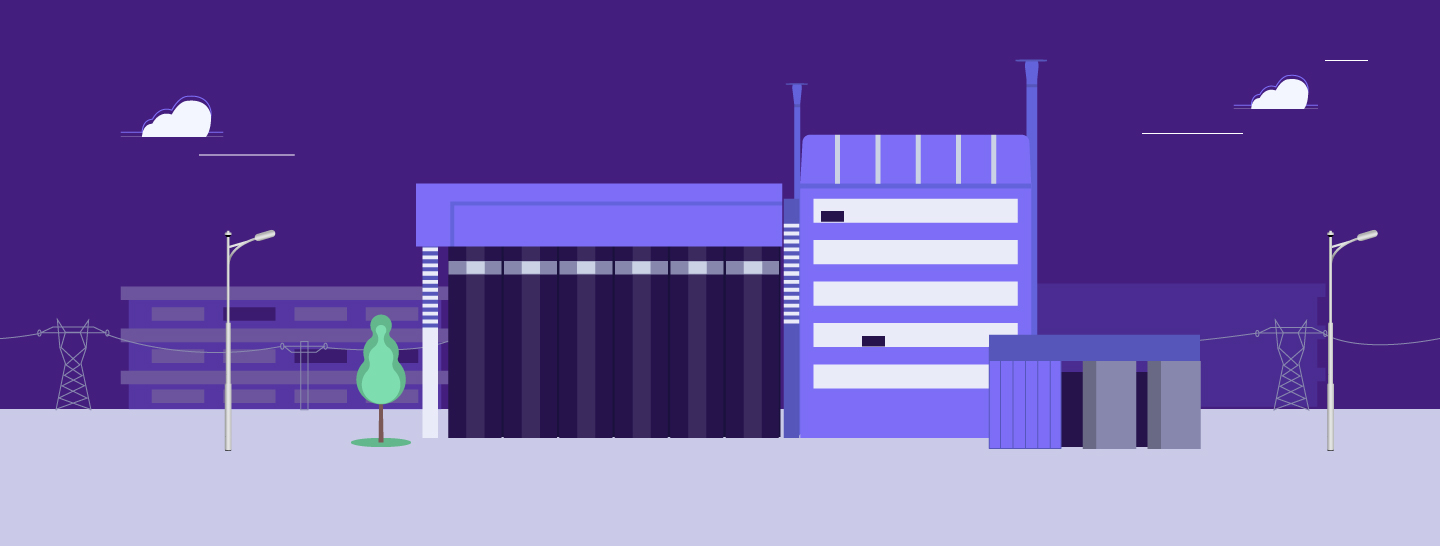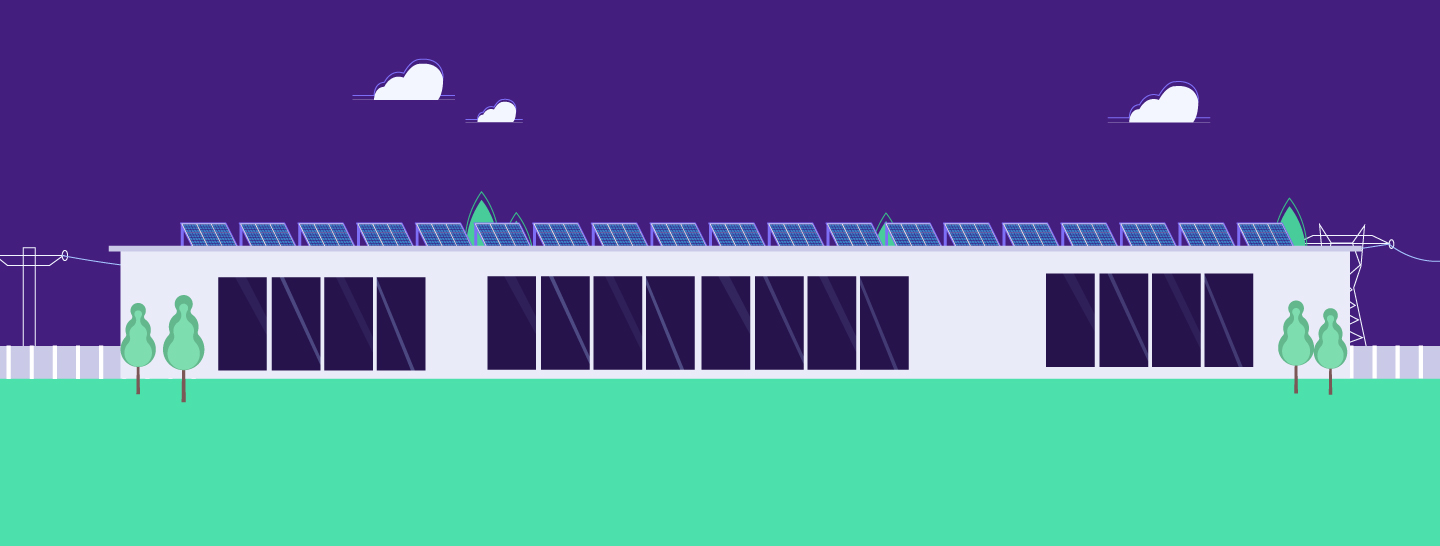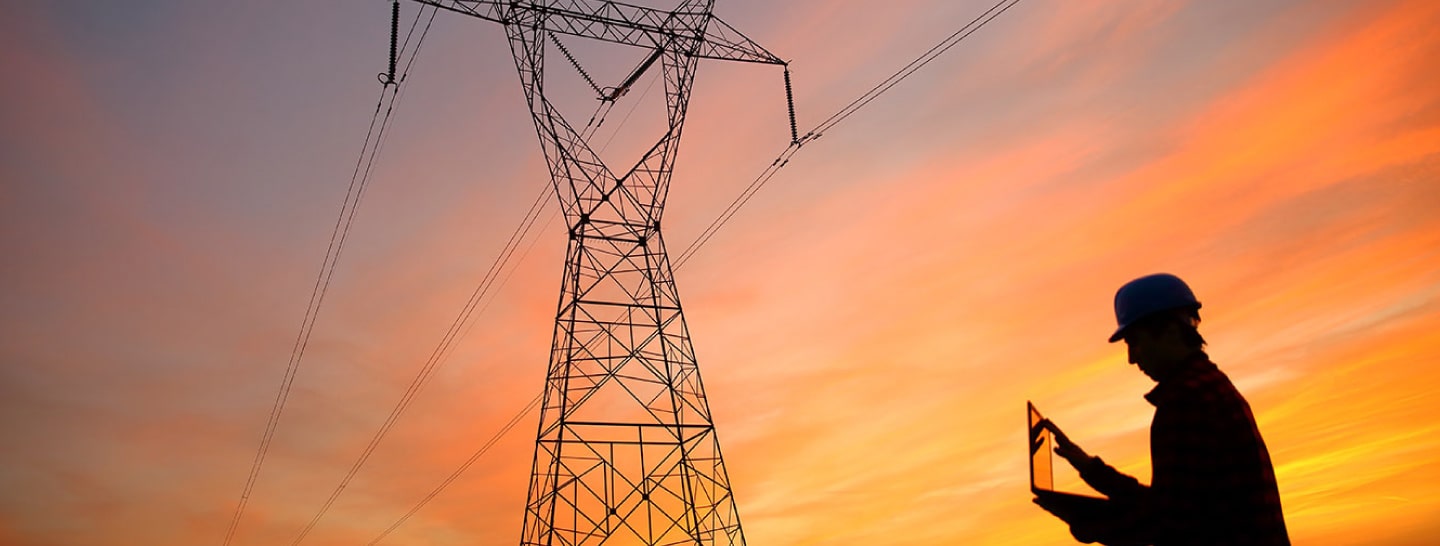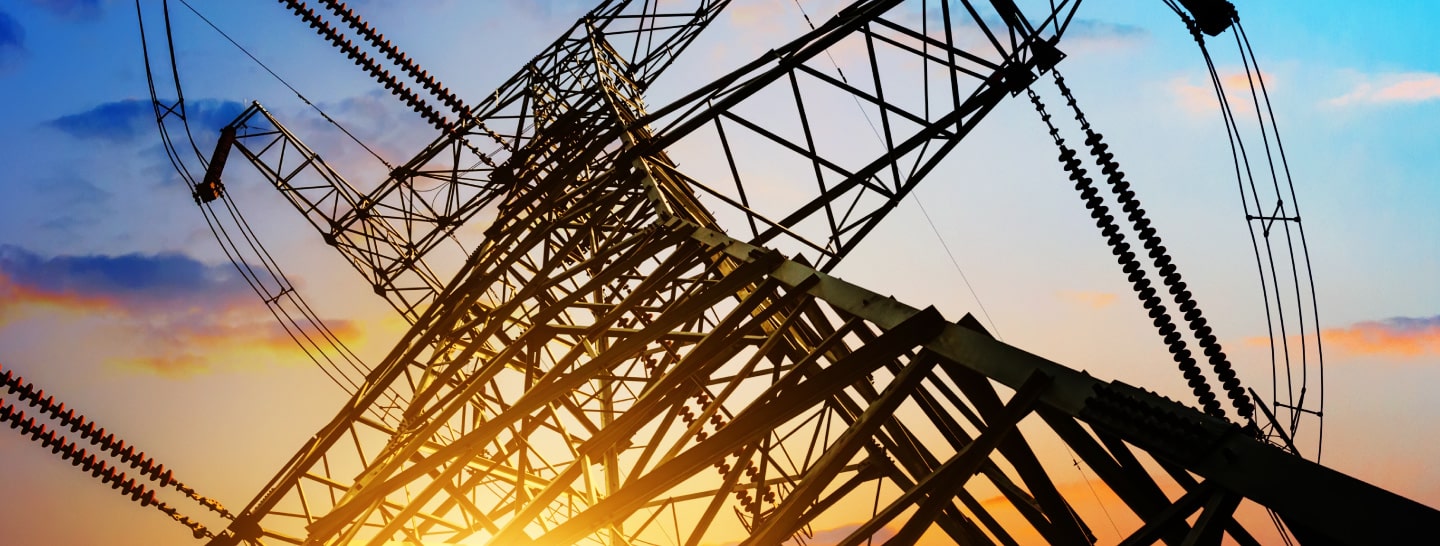In order to function, electricity grids must continually maintain a perfect real-time equilibrium between supply and demand. A sudden spike in demand, or drop in supply, risks throwing the grid off-kilter and can result in a power outage. Fortunately, technology offers new tools that help smooth out any imbalances that can unexpectedly threaten the grid’s normal functioning.
What is Demand Response (DR)? Through Demand Response programs, utilities or grid operators pay commercial and industrial consumers to modulate their energy consumption in response to peaks in electricity demand.




